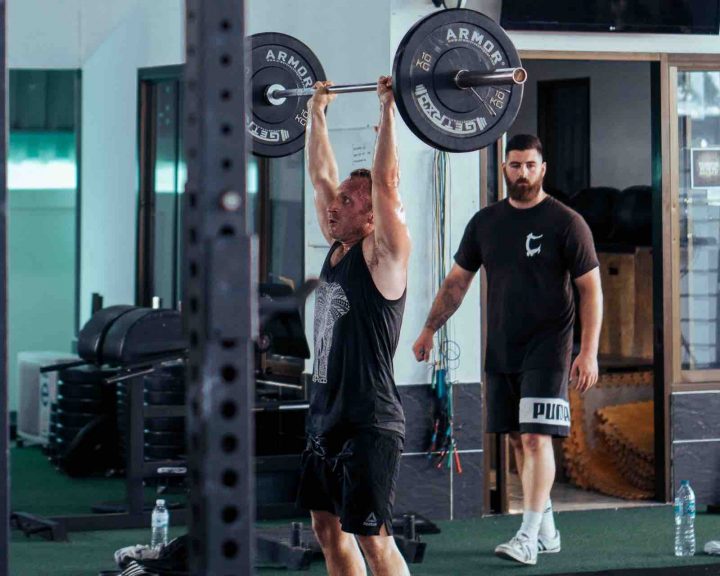Most strength and conditioning textbooks have tables that show that for training at a given percentage of one-repetition maximum an athlete should be able to do x number of repetitions. For example, training at 90% is somewhere around four repetitions. However, for many reasons this is not something that is carved in stone. This might be due to an athlete’s training status, their psychological arousal, motivation, and their fiber type distribution. Not only that, but the exercise might impact this as well. For example, bench press and deadlift might involve a different number of repetitions at different points on the percent maximum table.
Nuzzo et al studied this in a 2024 article in the journal Sports Medicine. They wanted to see if the table needs to be updated and if it needs to factor in training status, exercise, contraction type, gender, and age. To do this the authors ended up looking at 269 studies ranging from 1961 to 2023.
Results:
As you’d expect, as the percentage of maximum increases the number of repetitions performed decreases.
The authors were unable to determine if gender, training status, age, and even most exercises.
The exercises where there was a difference was the bench press and the leg press. For a given percent of 1-RM, more repetitions could be performed on the leg press than on the bench press.
There are a few really interesting things that come out of this study. First, training status doesn’t seem to impact how many repetitions a person can perform at a given percentage of 1-RM. Second, gender doesn’t impact this either. Third, the exercise does impact. These three results alone are really interesting and made the study worth reading!
Does this mean that we’d need a table for every exercise that we train at a percentage of 1-RM? Potentially! Rather, I think it shows the fallability of taking an “absolute” approach to the programming of training. Everyone is different when it comes to how they respond to and experience strength and conditioning, this is what makes this field art as much as science.
Now, it needs to be pointed out that all this assumes that we’re taking a “training to failure” approach. In other words, at 90% of maximum if we are training to failure then we should be able to perform x number of repetitions. Generally this is not something that is desirable in team strength and conditioning settings. Heavier weights combined with training to failure combined with a large number of athletes training at one time all leads to an increased risk of injury which is not what the program is for. If these tables are used in programming then it should be realizing they have limitations and that they are merely guidelines and not absolutes.
Nuzzo, J.L., Pinto, M.D., Nosaka, K., and Steele, J. Maximal number of repetitions at percentages of the one repetition maximum: A meta-regression and moderator analysis of sex, age, training status, and exercise. Sports Medicine, 54: 303-321, 2024.




